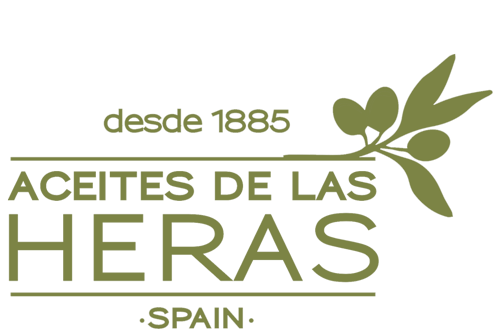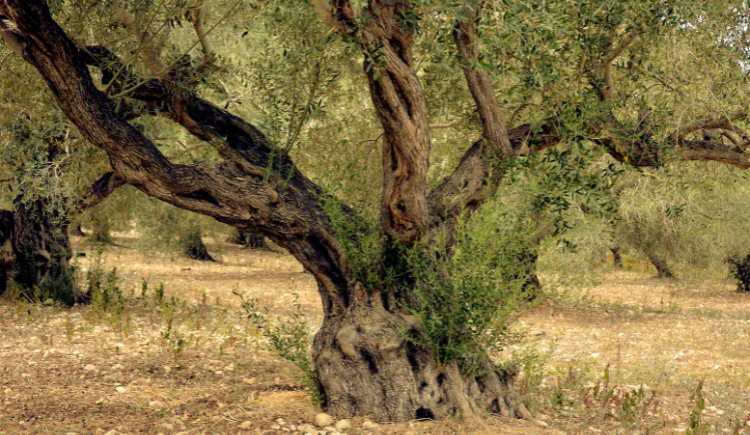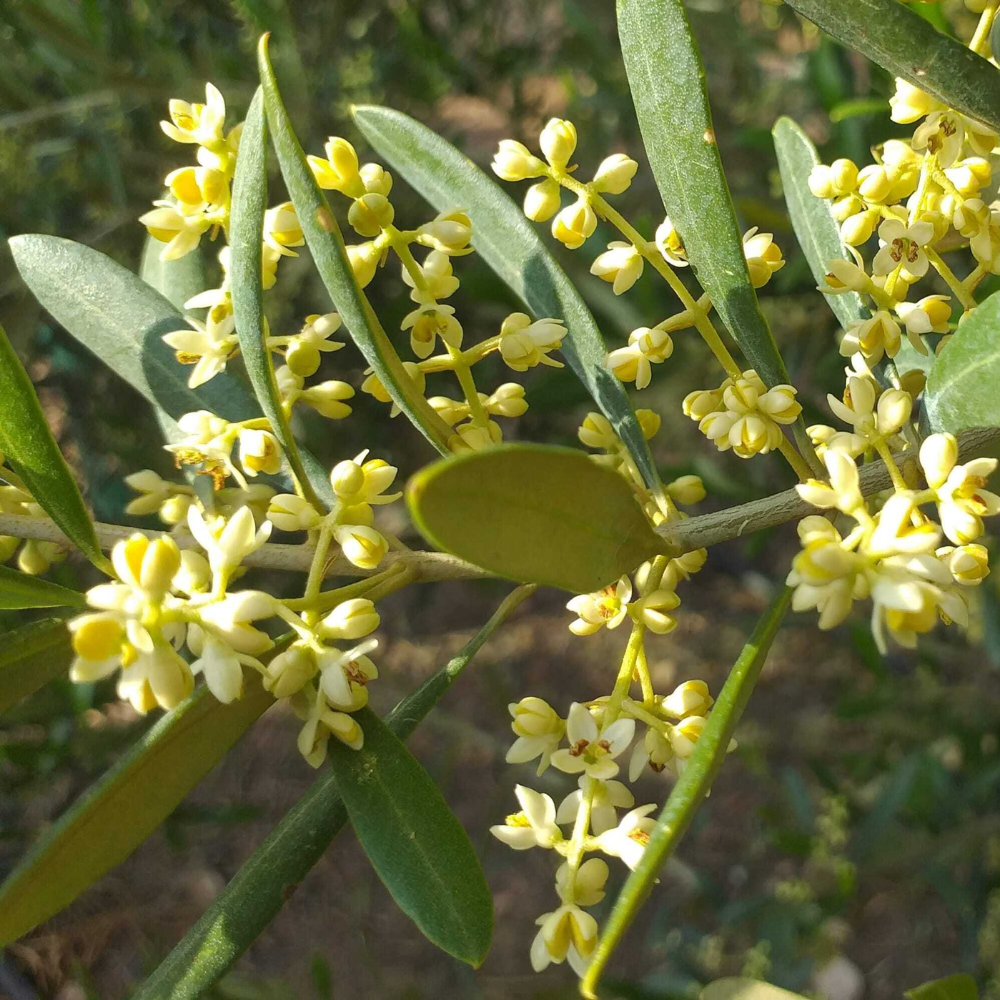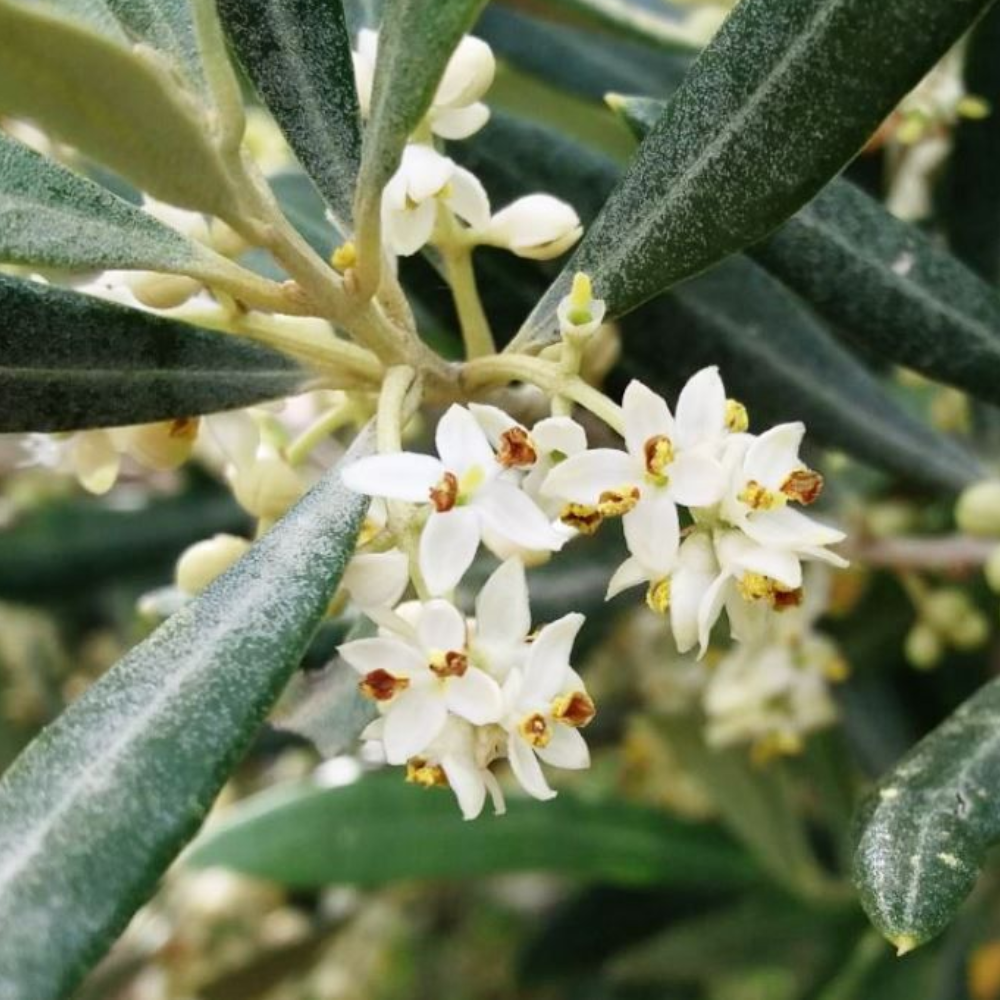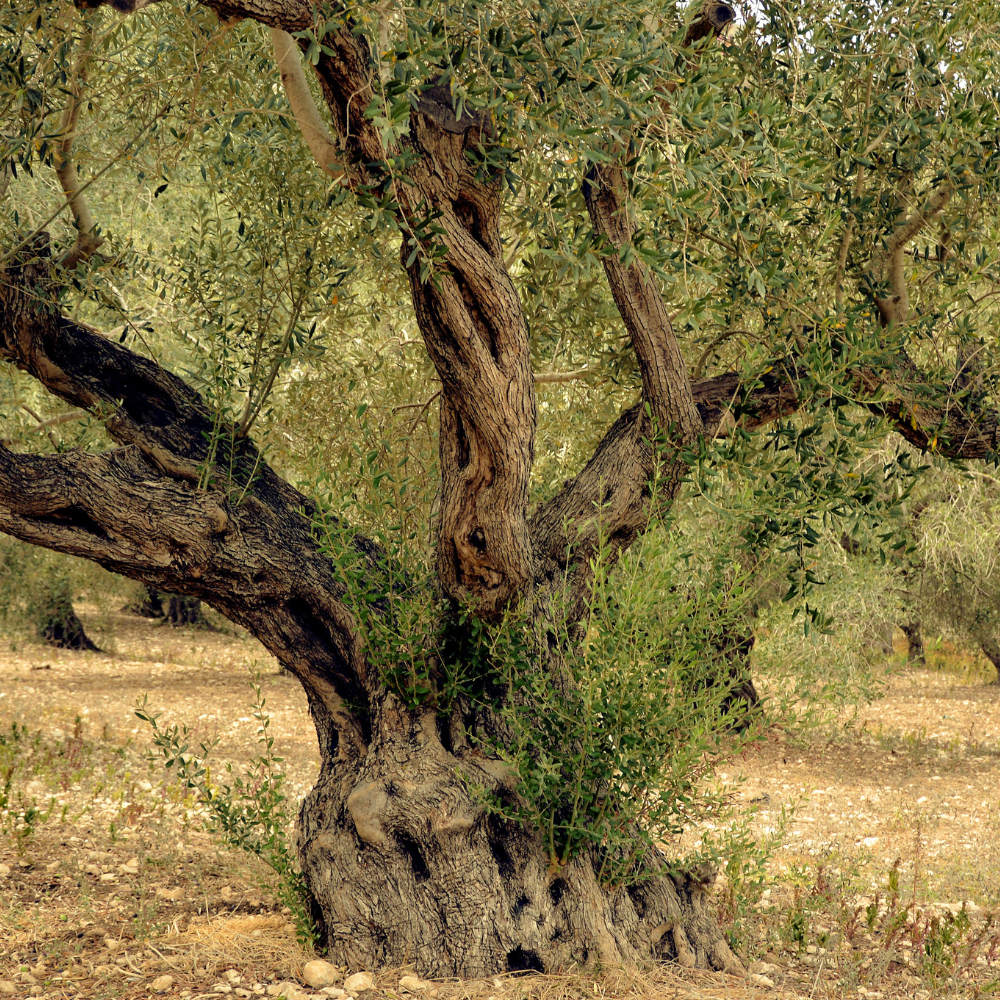News
The Olive Tree and Its Care, Learning from Our Farmers
The quality of olive oil is influenced by various factors at each stage of its production. From the cultivation of the olive tree in the field, a process begins that requires meticulous attention at every stage to guarantee the excellence of the product.
Aspects such as the olive variety, climatic conditions, and the agricultural practices adopted, directly influence the quality of the fruit. Besides, harvesting at the optimum moment of ripeness, the care taken in transporting the olives to the mill and the extraction of the oil using appropriate techniques are key elements. In addition, the quality of the water used, the temperature and the pressing time, among other aspects, affect the sensory and nutritional profile of the oil.
In summary, the quality of olive oil depends on harmony and precision at every stage of the process, from cultivation in the field to the final extraction of the liquid gold.
This season, we went to the field to ask our farmers how they carry out this process and we want to share with you everything we have learned about it.
OUR FARMERS
In the constant search for excellence in the production of high-quality olive oils, at Aceites de las Heras we establish strategic partnerships with farmers who share our commitment to innovation and sustainability in their agricultural practices. In this line and to enhance the comprehensive training of our olive farmers, we offer specific courses in which we address crucial topics such as the optimal time for olive harvesting, recommendations for olive pruning and sustainable practices, among others. Therefore, the synergy between the technician of our mill and the olive farmers is crucial to produce quality olive oil with the best raw material.
In this blog, we present one of our outstanding farmers, Luis Navarro Cañas, who has dedicated a lifetime to the care of olive trees and has been collaborating with us for more than 5 years. Influenced by his father’s agricultural tradition, he has been immersed in the olive growing environment since his childhood. With more than 50 hectares of olive trees, Luis’ land is part of the 11.4 million hectares of olive trees on the planet, which in turn represent 1% of the global cultivated land.
THE OLIVE TREE
The diversity in world olive production is reflected in the existence of more than 130 varieties, according to the International Olive Council. At Aceites de las Heras, we work with varieties such as Picual, Hojiblanca, Cornicabra, Arbequina and Serrana de Espadán. These varieties grow in both centenary olive trees, or even millenary trees, as well as in younger trees between 6 and 7 years old. Contrary to common perception, the longevity of an olive tree, which can reach up to 2,000 years, does not have a significant influence on the quality of the olives produced.

THE PHASES OF THE OLIVE TREE
To better understand the care of the olive tree mentioned by Luis in the interview, it is essential to know the phases it goes through throughout the year. The olive tree has a vegetative cycle with two stages of growth, and although the farmer cannot control some factors that affect the olive tree, such as the climate, he can influence its care according to the phase it is in.
BUDDING
It occurs between February and May, leading to the appearance of flower buds. It is a very important stage because the mineral and organic nutrients of the olive tree are transferred from the leaves and bark to the flower buds.
FLOWERING
Occurring between May and July, this is a key stage. Many flowers are born from the flower buds, of which only 2% will finish the phase to become fruit. The ideal temperature for flowering to take place is 18 ºC. Too low or too high temperatures can determine the harvest, because if the flowering is poor, the harvest will be scarce. Finally, it should be noted that flowering depends on the variety of olive tree; some varieties are early flowering, and others are later flowering.
FORMATION OF THE OLIVE
Once the flowering stage is over, olive formation begins. The flowers that have been fertilized shed their petals and the tree will leave only those fruits that it can feed.
FRUIT DEVELOPMENT
Two important processes occur at this stage. The olive stone begins to harden, and the so-called lipogenesis occurs. Lipogenesis is the process by which the olive creates vegetable fat, which is increased and stored during the growth of the fruit. This vegetable fat will transform into the extra virgin olive oil we so greatly value.
This stage is critical because it occurs during the summer months, when temperatures can be too high, and the lack of water and heat slow down the activity of the olive tree.
VERAISON AND RIPENING
Veraison is the time when the fruit begins to ripen. Between the months of October and November, the fruit begins to change color, going from intense green to a darker color that approaches maroon. During ripening, the olive gradually accumulates water, sugars and fats, indicating that it is ready for harvesting.
OLIVE HARVESTING
Once the olives have reached the appropriate maturity, they are harvested. To know with certainty that the fruit is at its optimum harvesting moment, the olive mill technician collects samples and takes them to the laboratory of our mill where a yield analysis is carried out.
Harvesting must be done in the proper way so that there are no errors that could lead to defects in the olive oil we are going to produce. Therefore, it is important to avoid long periods between harvesting and milling that could lead to oxidation or deterioration in the quality of the fruit. Harvesting months vary depending on the area of Spain. In our case, it is done in the months of October to December, since frosts are frequent in January.
How Are Olives Harvested?
There are different harvesting methods. Currently the main ones are the following:
- Hand Pole Beating: A traditional method that consists of beating the branches of the olive tree with a stick to make the olives.
- Vibration Methods: Whereby the branches or trunk of the olive tree are shaken with a machine and the olives fall on an inverted umbrella.
- Riding Harvester: Mainly used in intensive.
RESTING STAGE
Once the fruit is harvested, the olive tree rests and goes into dormancy until the new cycle begins in spring.
HOW DO HEAT AND COLD AFFECT THE OLIVE TREE?
The olive tree exhibits a remarkable capacity for resistance to cold, and during the winter months undergoes a slowing down phase, equivalent to a process of hibernation. Although olive trees can tolerate temperatures as low as -10°C, during the critical flowering and growth phases, the accumulated thermal stress can inhibit the development of new buds. The variability in the response to low temperatures also depends on the different olive varieties. Thus, some varieties, such as Cornicabra, show greater resistance to cold than others, like as Hojiblanca, which is more sensitive to low temperatures.
On the other hand, high temperatures can be detrimental to the olive tree during the flowering and development periods if blossom scorch occurs, as it causes fruit loss resulting in a poor season, as happened in 2022. On the contrary, if the temperature increase occurs after flowering and during fruit development (as long as it is a moderate increase) it will promote a good crop.
SPECIAL FEATURES OF THE ORGANIC OLIVE GROVE
The organic olive grove is sustainable and careful with the environment, since less abusive practices are applied against the tree to treat it in case of diseases, or to nourish the plant. In addition, the organic olive grove favors biodiversity, since it works to conserve soil and biological resources.
The production of our organic extra virgin olive oil reflects our commitment to the preservation of the environment. It is a shared responsibility to take care of the environment, and both our farmers and we assume this commitment in an integral way.
Regarding the sustainable practices carried out in the organic olive grove, we can highlight the following:
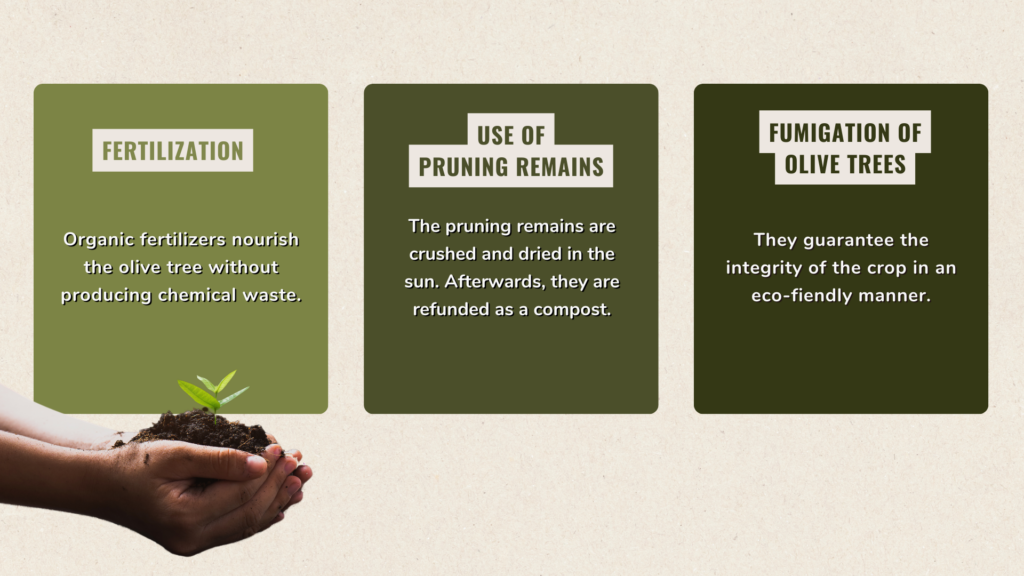
FERTILZIATION USING ECO-FRIENDLY PRODUCTS
Over the years, new technologies have been developed and applied in the olive sector to improve sustainability and obtain higher crop profitability. Increasingly effective organic fertilizers are used to nourish the olive tree, promoting the growth of strong and healthy trees.
GREAT Use of pruning waste
This process involves shredding and sun-drying the collected pruning waste. Subsequently, pruning waste is composted and reintegrated into the soil to improve soil consistency and provide essential nutrients to plants.
Olive tree fumigation
Fumigation is mainly carried out in the month of May, during the flowering. It consists of the application of products certified by the Organic Farming Committee to address possible diseases or insects, ensuring the integrity of the crop in an environmentally friendly manner.
Conclusion
We have made a short tour through the first stage of the production of a quality extra virgin olive oil, focusing on the origin of the fruit, the olive tree, its care, and the harvesting of its fruits.
In the next post we will address other equally important stages, such as the processing in the mill to see how we transform the fruit of the olive tree into high quality extra virgin olive oil.
